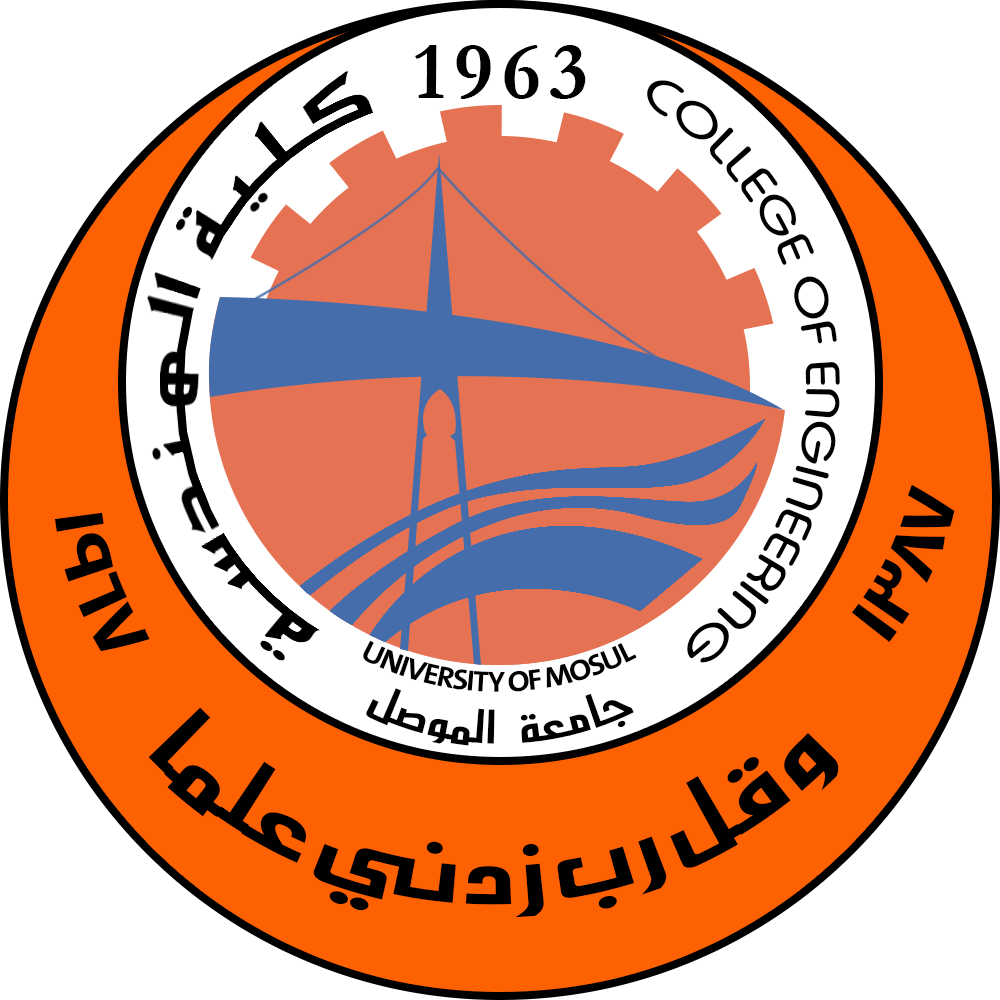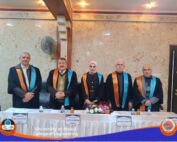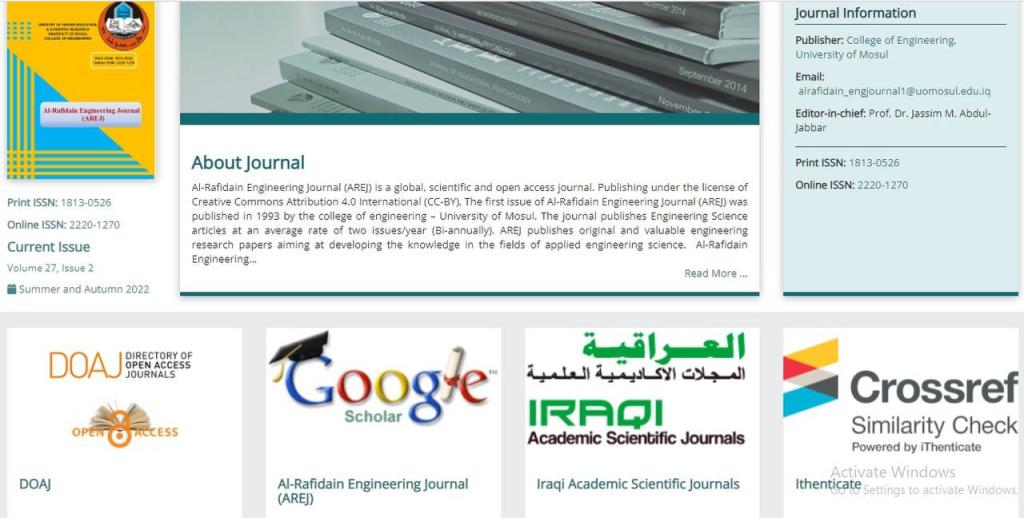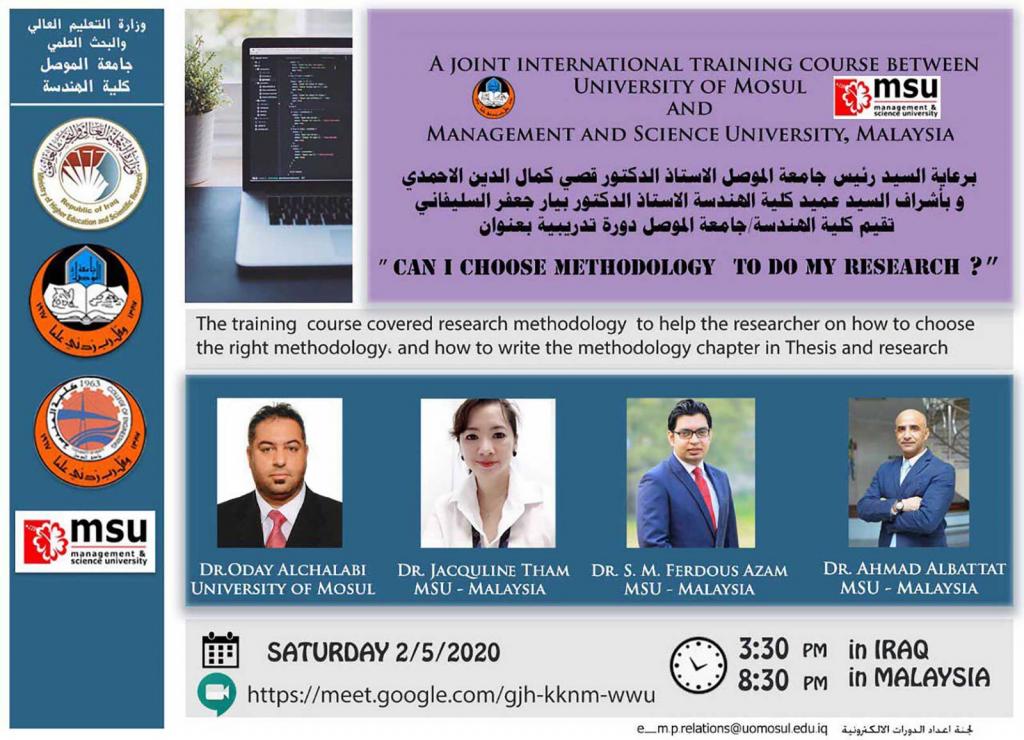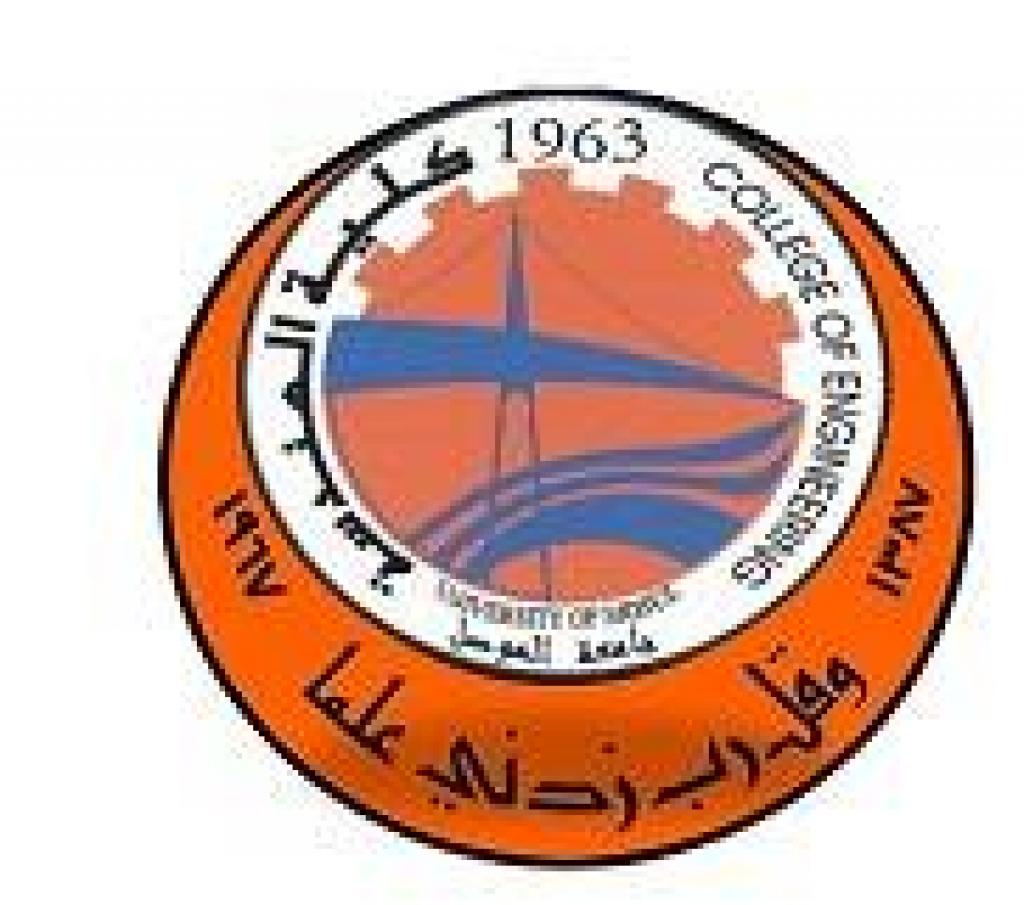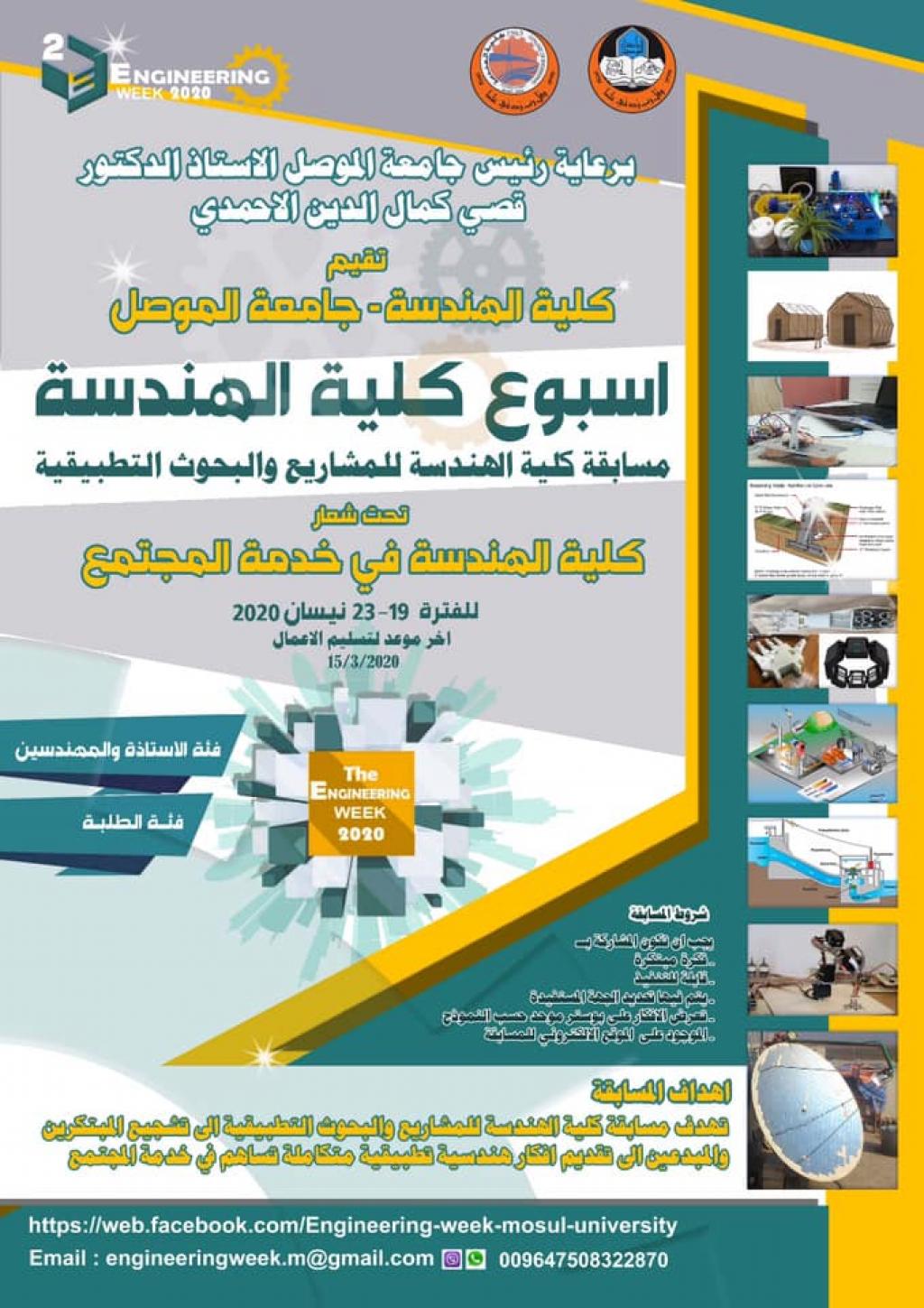1 August، 2022
Master Thesis on “Three-Dimensional CFD Simulations of Transient Cavitation in a Centrifugal Pumps”
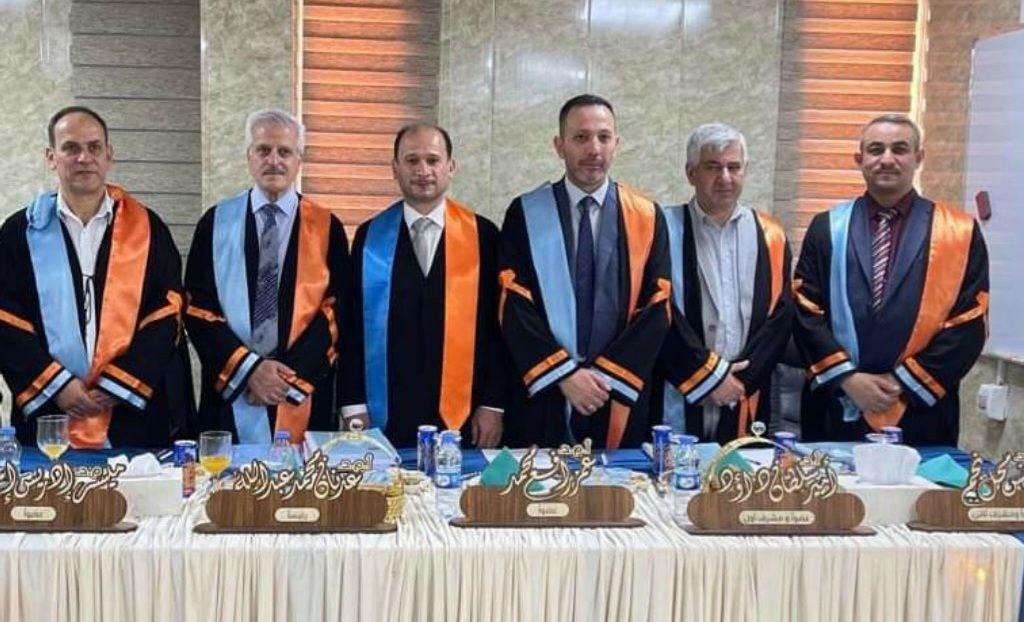
A master thesis was discussed in Department of Mechanical Engineering / College of Engineering at University of Mosul entitled “Three-Dimensional CFD Simulations of Transient Cavitation in a Centrifugal Pumps” submitted by (Hani Mohamed Saleh Salman), Supervised By Prof. Dr. Amir S. Dawood and Dr. Younis M. Najimon Thursday, July 28, 2022.The thesis presents meanline analysis to preliminary design a centrifugal pump. The three-dimensional pump impeller model is then generated using Bezier polynomial that fits the inlet and outlet main geometrical parameters obtained from the meanline and create the hub, shroud and blade profiles. The meanline design helps determine the design flow and operating conditions which include impeller speed 2900 rpm, pump flow capacity of 60 m3/h and pump head of 39 m. Three-dimensional, CFD analysis (Computational Fluid Dynamics) is then conducted to study the start and evolution of the cavitation in the impeller of the centrifugal pump under variable operating conditions. The inlet total pressure is allowed to decrease with time from atmospheric value to a point where the cavitation is fully developed in the pump impeller until the pump head is dropped near zero. Additionally, the impeller speed varies from 2000 to 3500 rpm while the pump flow rate ratio is changed from 0.5 to 1.5 under transient reduction of the inlet total pressure.The results show that the developed pump head and hydraulic efficiency predicted by CFD are lower than the meanline due to the three-dimensional losses such as backflow, vortical flow, as well as viscus losses and flow variation in spanwise direction. The CFD results uncover three distinct phases of the cavitation evolution in the pump undergoing transient drop in the inlet pressure; phase (1) remarks the start of the cavitation where no impact is seen on the developed head, phase (2) indicates the rapid grow and propagation of the cavitation along the suction side from leading to trailing edge of the impeller blade, and finally phase (3) where the cavitation blocks the space between the blades and pump head drops down to zero.Different pump discharges show significant impact on the cavitation at all phases. The cavitation in all phases accelerates with the increase in the pump’s flow rate. However, no major impact on the evolution of the cavitation is found by changing the impeller speed. A generalized behavior is seen for the flow structure as the flow is streamed in phase one. Vortical (circulation) flow is developed in phase two and back to streamed flow during phase three by virtue of displacing more flow due to dramatic increase in the specific volume. Finally, the Rayleigh-Plesset homogenous cavitation model coupled with incompressible Navier-Stokes solver successfully reproduces the blade suction and pressure sides, pressure recovery in the volute extension, homogenous distribution of the pressure across the interface between moving impeller and fixed volute.
